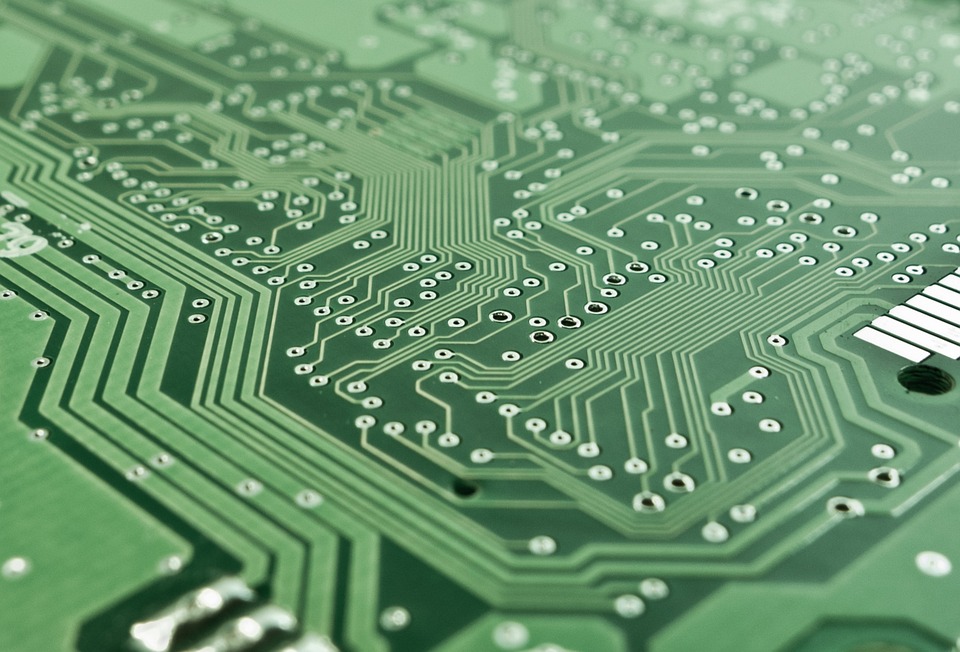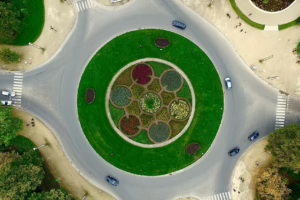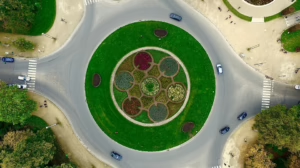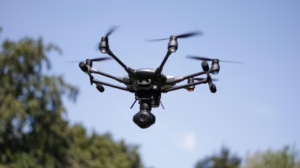Smart Homes: How IoT is Redefining Modern Living
In an age where technology pervades every aspect of our lives, the concept of a smart home has emerged as a beacon of convenience, efficiency, and security. The Internet of Things (IoT) is the driving force behind this transformation, connecting devices and systems within our homes to create a cohesive, intelligent living environment. As more homeowners embrace this innovative technology, it raises the question: how exactly is IoT redefining modern living?
The Rise of the Smart Home
The notion of a smart home refers to a residence that utilizes smart devices to enhance comfort, security, and energy efficiency. These devices, equipped with sensors and internet connectivity, communicate with one another and are often controlled remotely through smartphones or virtual assistants like Amazon’s Alexa or Google Assistant. The key components of a smart home typically include lighting, heating, security systems, appliances, and entertainment systems.
Unparalleled Convenience
One of the most significant advantages of smart homes is the convenience they provide. Imagine stepping into your home after a long day at work, and the lights automatically turn on, the thermostat adjusts to your preferred temperature, and your favorite playlist begins to play—all without lifting a finger. Smart technologies allow homeowners to automate tasks, manage systems remotely, and streamline daily routines. For instance, smart locks enable you to grant access to guests without needing physical keys, ensuring that your home remains secure while providing convenience.
Enhanced Energy Efficiency
As environmental awareness grows, energy efficiency has become a major concern for homeowners. Smart homes are designed to optimize energy consumption. Smart thermostats learn your schedule and preferences, adjusting temperatures in real time to minimize waste. Smart lighting systems can dim or turn off lights based on occupancy, further reducing energy usage. The cumulative effects of these technologies not only lead to lower utility bills but also contribute to a more sustainable lifestyle.
Improved Security
Home security has always been a top priority for homeowners, and IoT devices have drastically improved the landscape of home protection. With smart cameras, motion detectors, and doorbell cameras, residents can monitor their homes in real-time, receiving alerts about unusual activities. Many systems allow users to view live feeds directly from their smartphones, ensuring peace of mind from anywhere in the world. Additionally, automated locking systems can set schedules and be controlled remotely, enhancing security without compromising accessibility.
Seamless Integration and Customization
One of the defining features of a smart home is the ability to integrate multiple devices into a single ecosystem. Through platforms like Apple HomeKit, Google Home, and Amazon Alexa, homeowners can create customized routines that cater to their lifestyles. For example, a “Good Night” routine could dim the lights, lower the thermostat, and lock the doors with a simple voice command. This level of customization allows residents to tailor their smart home experience to their preferences, making daily living more enjoyable.
Challenges and Considerations
Despite the numerous benefits, the rise of smart homes is not without challenges. Privacy concerns loom large, as increasing connectivity raises the risk of cyberattacks and data breaches. Homeowners must be vigilant about securing their networks, keeping firmware updated, and choosing devices from reputable manufacturers. Additionally, there are issues of compatibility among various devices and platforms, which can frustrate users looking for a seamless experience.
The Future of Smart Homes
As technology continues to evolve, the landscape of smart homes is poised for substantial growth. Advancements in artificial intelligence (AI) will further enhance automation, making homes more intuitive and responsive to the needs of their inhabitants. The integration of renewable energy sources and smart grids could lead to entirely self-sufficient homes, revolutionizing energy consumption.
Smart homes are gradually transforming from a luxury into a standard within modern living. As IoT becomes ingrained in our daily lives, we can expect an increasingly sophisticated, interconnected environment that not only prioritizes efficiency and security but also redefines the way we interact with our homes. In this brave new world, the term “home” may take on a new meaning—one that is smarter, safer, and more attuned to the needs of its inhabitants than ever before.
Conclusion
The integration of IoT into our homes signifies more than just technological advancement; it represents a shift towards a future where comfort, efficiency, and security come standard. The ideal smart home is not just about convenience—it’s about enhancing the quality of life, enabling a more sustainable environment, and ultimately redefining the way we think about the spaces we inhabit. As we embrace these changes, the possibilities for modern living are truly limitless.
[modern_footnote_source_link]

























Add Comment